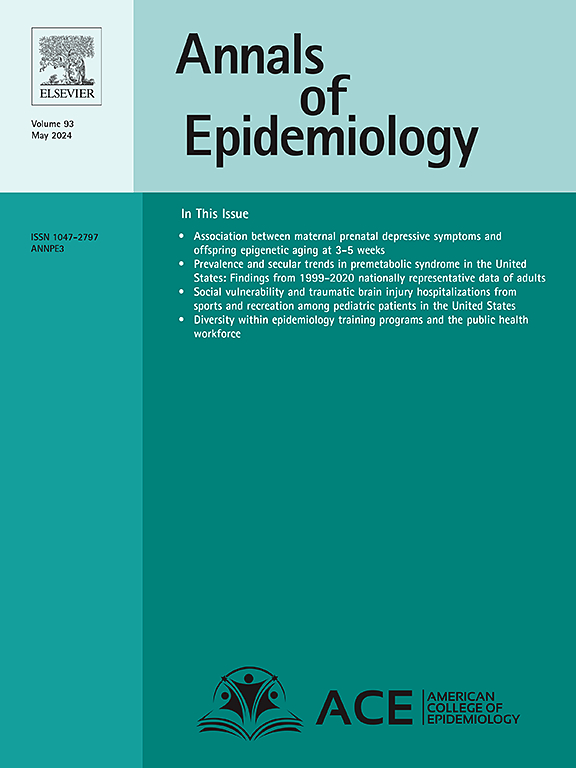Rural and urban trends in HIV diagnoses and care outcomes among persons with HIV attributed to injection drug use in the U.S., 2016–2022
IF 3.3
3区 医学
Q1 PUBLIC, ENVIRONMENTAL & OCCUPATIONAL HEALTH
引用次数: 0
Abstract
Purpose
An increase in injection drug use (IDU) has placed new populations at risk for HIV. Understanding the spatial and temporal patterns of HIV diagnoses and care outcomes is crucial to identify gaps in care for people who inject drugs (PWID).
Methods
We analyzed CDC's National HIV Surveillance System (NHSS) data from 2016 to 2022 to examine regional trends and rural-urban differences in linkage to HIV care within one month and viral suppression within six months of diagnosis among individuals aged 13 and older with HIV attributed to IDU. Rural-urban populations were defined using US Department of Agriculture-Economic Research Service (USDA-ERS) Rural-Urban Continuum Codes (RUCC), and trends were assessed using estimated annual percentage change (EAPC).
Results
From 2016–2022, HIV diagnoses attributed to IDU increased in large rural counties and small to medium urban counties but linkage to care and viral suppression remained unchanged in these areas. Conversely, diagnoses in large urban counties declined while linkage to care and viral suppression increased.
Conclusions
These findings highlight disparities in HIV diagnoses, linkage to care, and viral suppression across rural and urban areas, emphasizing the need to address these gaps to improve care for PWID and inform public health policies.
2016-2022年美国农村和城市注射吸毒HIV感染者的HIV诊断趋势和护理结果
目的:注射吸毒(IDU)的增加使新的人群面临感染艾滋病毒的风险。了解艾滋病毒诊断和护理结果的时空格局对于确定注射吸毒者护理方面的差距至关重要。方法:我们分析了美国疾病预防控制中心(CDC) 2016年至2022年的国家艾滋病病毒监测系统(NHSS)数据,以检查13岁及以上因IDU感染艾滋病毒的个体在诊断后1个月内接受艾滋病毒护理和6个月内病毒抑制的区域趋势和城乡差异。使用美国农业-经济研究局(USDA-ERS)农村-城市连续代码(RUCC)定义农村-城市人口,并使用估计的年百分比变化(EAPC)评估趋势。结果:2016 - 2022年,农村大县和中小城市县因IDU导致的HIV诊断增加,但这些地区与护理和病毒抑制的联系保持不变。相反,大城市县的诊断率下降,而与护理和病毒抑制的联系增加。结论:这些发现突出了农村和城市地区在艾滋病毒诊断、与护理的联系以及病毒抑制方面的差异,强调需要解决这些差距,以改善对PWID的护理并为公共卫生政策提供信息。
本文章由计算机程序翻译,如有差异,请以英文原文为准。
求助全文
约1分钟内获得全文
求助全文
来源期刊

Annals of Epidemiology
医学-公共卫生、环境卫生与职业卫生
CiteScore
7.40
自引率
1.80%
发文量
207
审稿时长
59 days
期刊介绍:
The journal emphasizes the application of epidemiologic methods to issues that affect the distribution and determinants of human illness in diverse contexts. Its primary focus is on chronic and acute conditions of diverse etiologies and of major importance to clinical medicine, public health, and health care delivery.
 求助内容:
求助内容: 应助结果提醒方式:
应助结果提醒方式:


